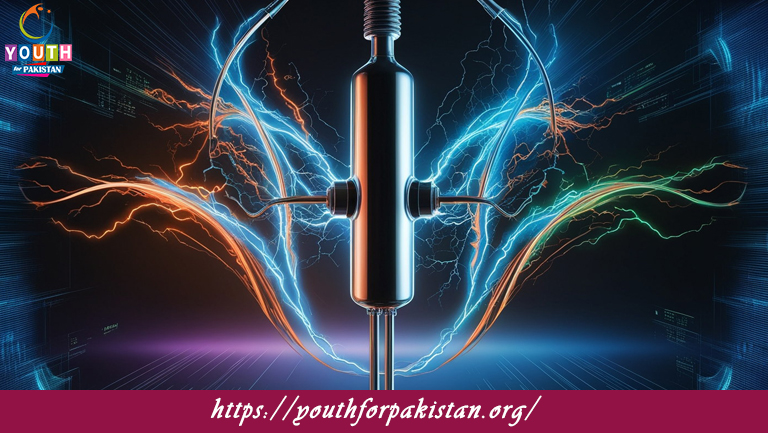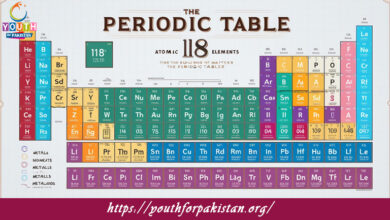Electrode Potential MDCAT Quiz with Answers

Electrode Potential MDCAT Quiz; for their exams. It is the potential difference between an electrode and its surrounding solution when the electrode is in contact with an ionic form of the substance. The potential is indispensable in forecasting the direction of redox reactions and also in explaining how voltage is created in electrochemical cells. To solve the MDCAT Quiz, the MDCAT students should first master electrode potential questions concerning galvanic cells, electrochemical series, and the Nernst equation.
H2: Understanding Electrode Potential
The electrode potential is defined to be the value of an electrode such that either it gains or loses electrons when it has been immersed into an electrolyte solution. Associated with each half-reaction of a redox process there is an electrode potential measured in standard conditions. The standard conditions are defined by a temperature equal to 25°C, in a 1M concentration and a pressure of 1 atm. That is, the greater the value for the standard electrode potential (E°), the better the electrode accepts electrons; contrariwise, the lower the value (more negative) for the potential, the higher the tendency of that substance to lose its electrons. All this forms a basis for finding the overall potential of a cell in galvanic cells.
H3: Electrode Potential Quiz
The MC DAT Quiz on electrode potential will require the student to know standard electrode potentials and be able to calculate the cell potential for many varied redox reactions. Students need to know how to use the electrochemical series to determine the direction of electron flow and the feasibility of the reactions. This quiz will present students with applying theoretical knowledge to more practical scenarios, such as predicting which half-reaction will take place at the cathode and anode within a given electrochemical cell. These questions help the student practice and better understand electrode potential and be better prepared for exams.
H3: Free Flashcard for Electrode Potential
To help solidify their grasp of electrode potential, MDCAT students can utilize the Free Flashcard specifically made for this topic. The flashcards allow quick access to important terms, including electrode potential, standard electrode potential, and the electrochemical series. Regular revision of these flashcards will enable students to memorize crucial values and concepts, improving their ability to recall information swiftly during their studies and exams. This revision tool is vital in making sure that students are confident in applying the concept of electrode potential in solving problems in the MDCAT exam.

The standard electrode potential is measured under __________ conditions.
standard conditions (298 K, 1 M)

A positive electrode potential indicates that the substance is more likely to undergo __________.
reduction

The electrode potential for a half-reaction is always referred to as its __________.
standard electrode potential

Electrode potential is influenced by the __________ of the solution in contact with the electrode.
concentration

The greater the electrode potential, the __________ the tendency of a substance to gain electrons.
greater

A half-reaction with a more negative electrode potential will undergo __________ in a galvanic cell.
oxidation

The standard electrode potential for a half-cell is determined under conditions of __________.
1 M concentration and 1 atm pressure

The Nernst equation shows the relationship between the __________ and electrode potential.
concentration of ions

The electrode potential of a half-reaction can be calculated from the Nernst equation, which incorporates __________.
the reaction quotient

The potential of a half-cell with a more positive value indicates a stronger tendency for __________.
reduction

The electrode potential of a metal ion in solution can be calculated using the __________.
Nernst equation

A half-cell with a higher potential will tend to be __________ compared to one with a lower potential.
reduced

In an electrochemical series, the most positive value indicates the strongest __________.
oxidizing agent
Experience the real exam environment with our expertly designed collection of over 25,000 MCQs MDCAT Mock Tests.





